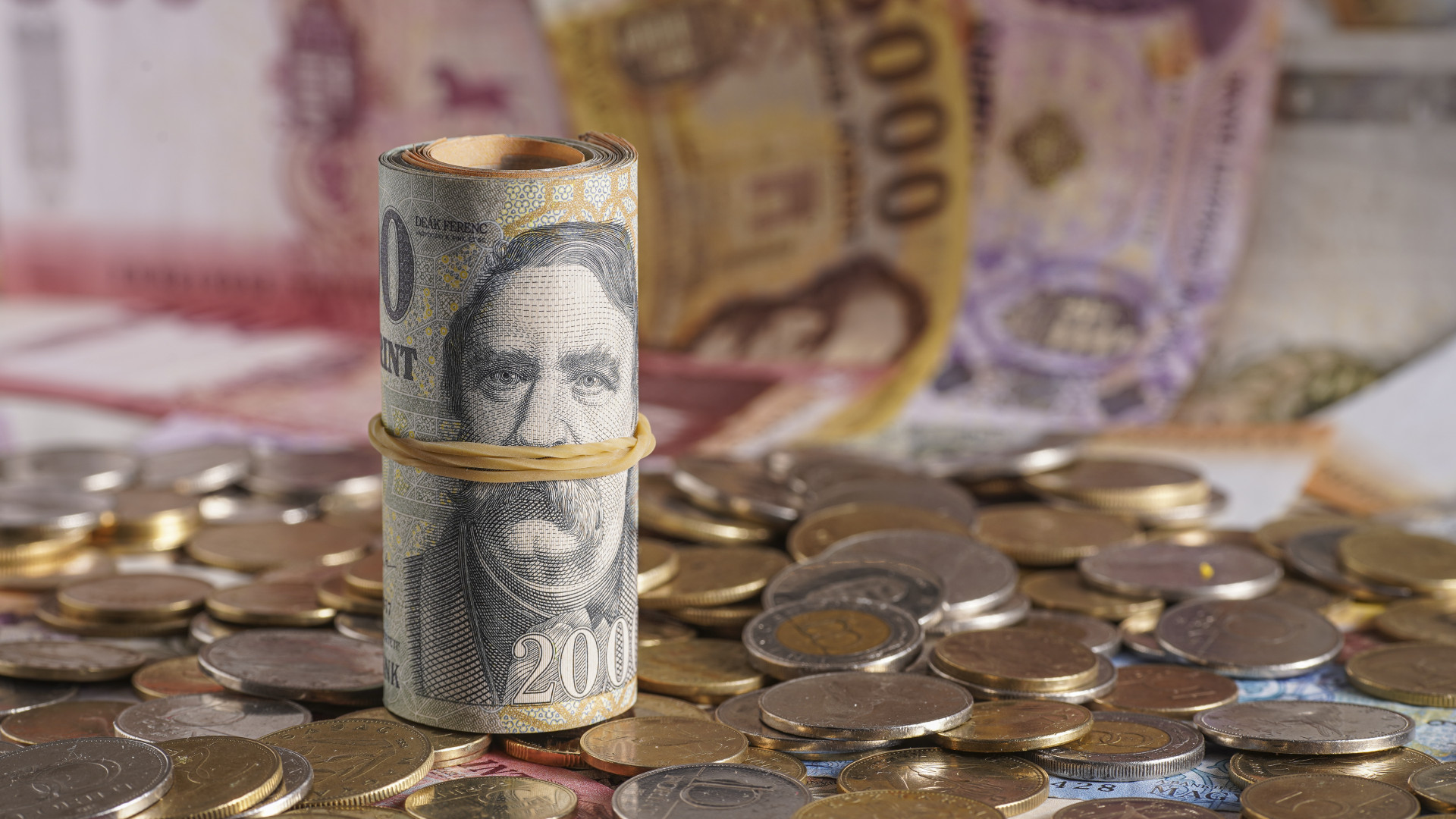On Monday morning, the exchange rate was about 405.5 against the euro, which means slack compared to the exchange rate on Friday evening. On the last day of last week, we saw a noticeable weakening in the value of the forint, as the euro rose more than one percent to the current level. In the coming period, the forint exchange rate may be mainly driven by the international mood, and preliminary GDP data for the third quarter will also arrive, to which investors can also pay special attention, and the main question may be how much the Hungarian economy has slowed down. In addition, towards the end of the year, the fate of negotiations on EU resources is becoming an issue of increasing importance. If an agreement is not reached by the end of December, Hungary could permanently lose a significant part of the recovery fund. The forint can also be relieved of pressure if an agreement is reached, but otherwise it can weaken further. Against the dollar, we are now at 393.1, while the British pound is at 462.37 HUF.
Among the forint’s closest competitors, the Polish zloty started Monday with a weak 0.1% lower, while the Czech koruna is stagnant against the euro at the moment. In emerging markets, the Turkish lira lost 0.3% against the dollar, while the Russian ruble fell 0.1%.
At the end of last week, the dollar fell to its lowest level in three months against the euro, as lower-than-expected US inflation data may indicate that pressure on the Federal Reserve is slowly easing, and there may not be as much rate hikes as investors thought previously. A slight correction could be seen on Monday morning, with the exchange rate around 1.0324 representing a 0.3% strengthening of the dollar compared to Friday evenings. Meanwhile, the Japanese yen weakened by half a percent against the dollar, and the British pound lost 0.7 percent.
Cover Photo: Getty Images












































